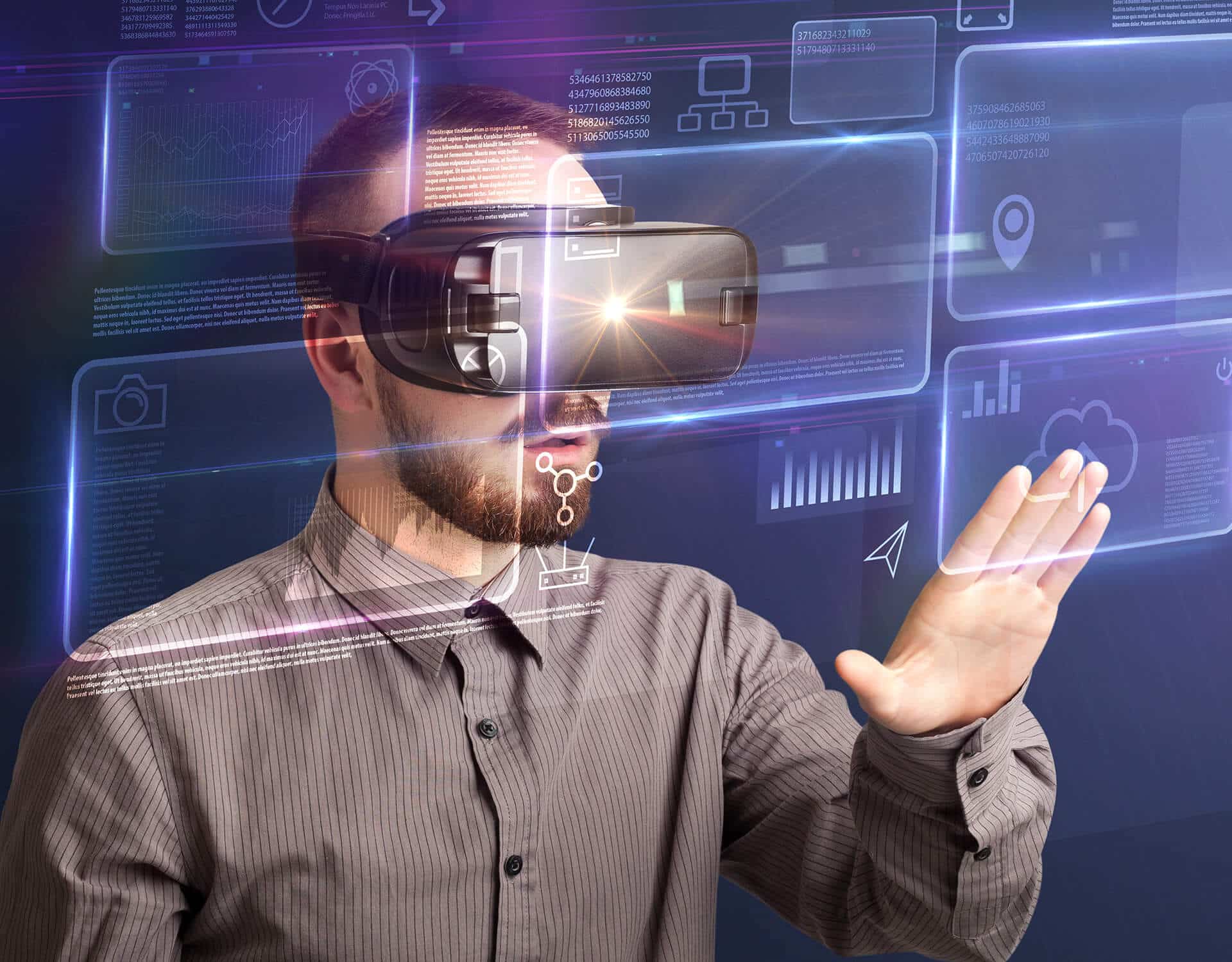Illuminating
Insights
A Google search of “What is the metaverse?” yielded this vague definition: “A virtual reality (VR) space in which users can interact with a computer-generated environment and other users.” When investigating further, I found this definition by JP Morgan. “The metaverse is a seamless convergence of our physical and digital lives, creating a unified, virtual community where we can work, play, relax, transact, and socialize.” When it comes to explaining what the metaverse is, I prefer to reference JP Morgan’s definition. As for me, that is a much simpler and more spot-on definition than the vague one yielded by Google. Both definitions lead one to ask themselves, how can anyone take a real experience and translate that into the metaverse? I will elaborate on this a little later.

First, let’s take a step back and look at the metaverse’s evolution. It started in 2000 with a game called Sims, where players engaged in a 2D world, living out the daily activities of one or more virtual persons in a suburban area near SimCity. The situation was about a real person sitting in front of a computer, simulating a virtual person’s activities, and building a city. Eventually, it evolved into 3D versions, with Sims 2 in 2004, Sims 3 in 2009, and Sims 4 in 2014. Each version added more and more features, building up greater functionality, goals, and aspirations for their avatar. Amid the release of the new Sims World came other simulated realities in games such as Roblox in 2006 and then the massive hit Minecraft in 2011. These Web2 games gave birth to the metaverse we have today.
So, what does this mean exactly? This means that for over twenty years, we have become familiar with a simplified version of the metaverse. Gamers have been simulating virtual people and building virtual worlds for a while now; expanding this concept into a full, immersive experience is the next step in its evolution. As they’re built today, the current metaverses are not unified, meaning they are each separate from each other, each having a little different dazzle within it. For me, the metaverse is best explained as taking your full self and immersing it into a 360-degree world, where everywhere you look, you see virtual items/land/space/avatars. Facebook Meta is a good example of this. Yes, there are other metaverses that still use a computer, like Decentral Land, Spatial, Wax Blockchain, and The Sandbox, but the type of metaverse I am going to dive into for this blog is solely based on the 360-degree immersiveness and the real-world experiences that can translate into these worlds; as I have an Oculus, and log into the metaverse worlds within Facebook Meta from time to time.

Once you put the VR headset on and log in with your credentials, you are taken to your virtual home, in which you can decorate how you wish, and you have a virtual computer screen layout in front of you. This has a plethora of apps at your disposal. Some of the apps include real-world experiences such as those identified below.
Metaverse Gaming is now emerging as a new technology for exploration. I recently visited the free-to-play social casino app in the Metaverse which has Blackjack, Poker, Slots, and Roulette games inside the app within Facebook Meta. While in the app, it takes you to the lounge, where you can see tables for people to network around and instructional videos on how to navigate through the app. While in this app, the only thing I can see with the headset on is a pair of virtual hands, which I control with the two controllers that accompany the Oculus. On my left virtual hand, I have a watch. Upon pressing this watch, a menu pops open with all my options to enjoy my social gaming experience. I decided to click on slots and was then transported to a floor within the app/world that had virtual slots I can “sit” in front of and play.

Walking around in the metaverse is very different than how we move in the real world. The way this works is you would use your controller to point in the direction and location you want to move, and it teleports you to that location. If only that existed in our reality as we know it today. How cool would that be? Anyway, back to the topic at hand, I teleported to one of their slots and began to play, each virtual electronic gaming machine is pre-loaded with 10,000 credits, and you are free to bet those credits on that VR EGM alone; you cannot cash out and take the funds with you like you would in a brick-and-mortar casino but, the experience of playing the slot machine from my perspective is almost the same. While on the slot machine floor, the world within this gaming metaverse is built as if it has windows, and you have the most beautiful view of a city; not sure what city it is, but it’s grand. Definitely different than the traditional view of a brick-and-mortar casino.
Some of my gaming industry experience comes from a brick-and-mortar (land-based) slot machine manufacturing company as a Quality Assurance Engineer. In this position, I physically sat in front of a slot machine and evaluated the theme software against the GLI-11 standards in conjunction with specific jurisdictional regulations. Some of the more memorable regulations I recall required specific info text to appear on the screen when a game was lost or required a winning value that was properly added to the win meter and the credit meter, as well as the history and event logging within the theme/OS. The list of test cases I had to evaluate the slot machines software against could go on and on, but my point with this is, when I sat down in front of the Virtual Electronic Gaming Machine within this app in the metaverse, I immediately started to compare the VR EGM to the GLI-11 – Gaming Standards in a Casino and GLI-19 Interactive Gaming Systems in which I observed many of the industry’s best practice standards missing. With the current state of “Social,” this is acceptable, but if one were to want to investigate a transition into real money gaming, I would suggest giving GLI-11 & GLI-19 a once over prior to doing so.
Overall, it can appear that the metaverse ecosystem will replace real-world experiences. To me, that is a very myopic way of looking at it. The metaverse can be an extension of these real-world experiences. In which all the people who are unable or don’t want to attend the experience in venue can strap on a VR headset and experience the event at the same time. From my perspective, this expands the attendance, interaction, and human reach way beyond watching a live TV broadcast or attending an in-person event with a capacity. Either way, the metaverse gaming is still very young, and watching this develop for all aspects of entertainment/life will be an exciting journey for everyone.
< Back to All Blogs